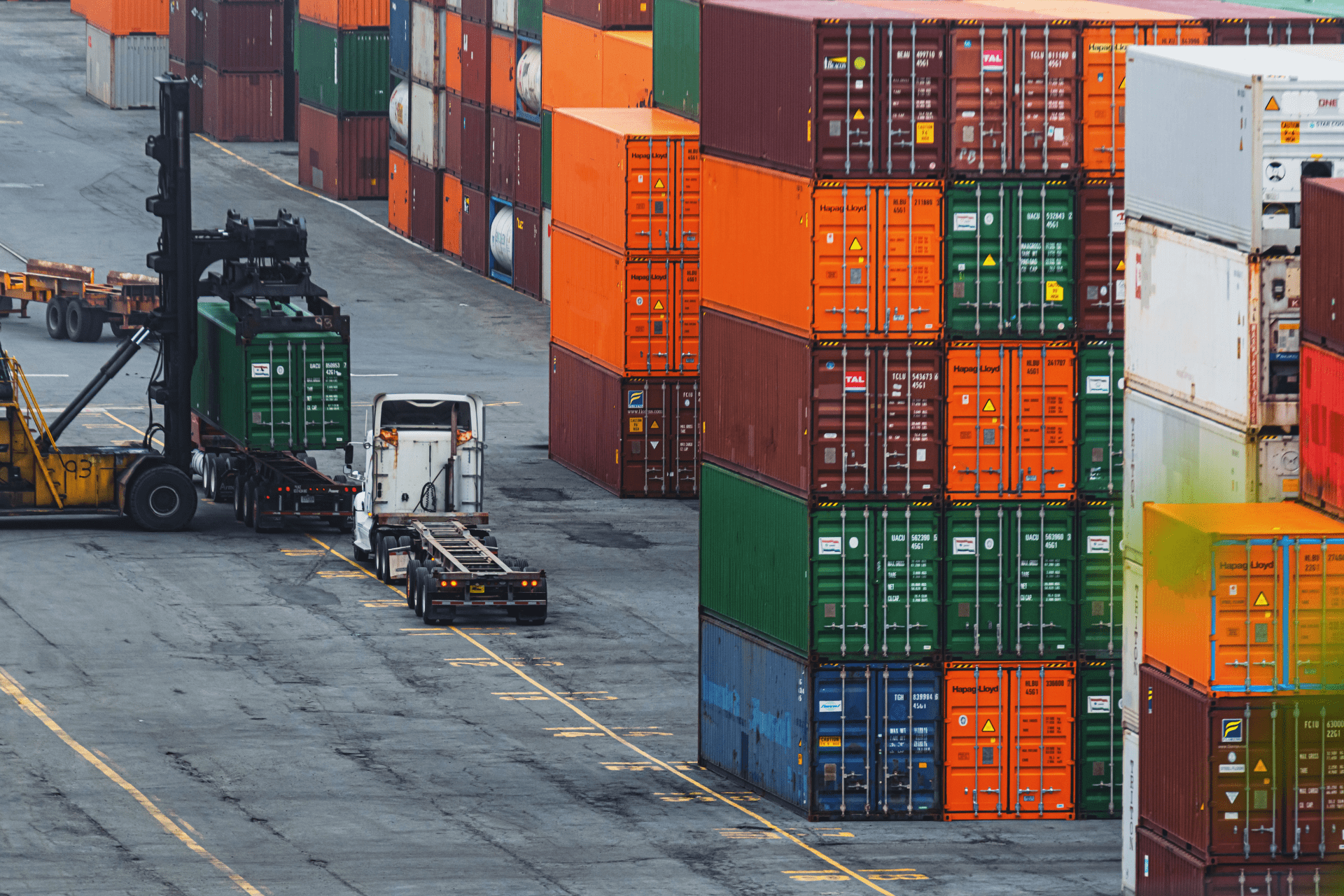By María José Gamba
Puerto del Norte: Infrastructure That Redefines Logistics
The inauguration of Puerto del Norte in Matamoros, Tamaulipas, represents a turning point in Mexico’s maritime infrastructure. It is the first major port to open in the country in over two decades and is set to become a catalyst for trade and the cross-border supply chain between Mexico and the United States.
Strategically located on the Texas border, this port will streamline operations that previously relied on longer routes, such as those connecting to the Port of Altamira. It is expected to reduce transit times by up to five hours, generating significant time and cost savings for exporters and importers alike.
A Boost for Bilateral Trade
Puerto del Norte emerges in a context where Mexico has already positioned itself as the United States’ top trading partner, surpassing China and Canada in several key sectors. This leadership aligns with the rise of nearshoring, as U.S. and global companies relocate production to Mexico to shorten supply chains.
The new port supports this trend by facilitating exports of Mexican-manufactured goods to the U.S. market. For industries such as automotive, appliances, technology, and agribusiness, it represents a critical competitive advantage in the cross-border supply chain.
At Americas Forwarding, we recognize the strategic importance of such projects, helping our clients navigate and optimize their logistics operations across borders.
Economic and Regional Impact
The operation of Puerto del Norte will bring immediate and long-term benefits:
Employment: Thousands of direct and indirect jobs will be created in logistics, transportation, customs services, and port operations.
Investment: There will be a multiplier effect in complementary infrastructure, including roads, railways, and logistics centers.
Competitiveness: Local businesses will be able to move inputs and products more efficiently, strengthening their position in international markets.
For Tamaulipas and neighboring states such as Nuevo León and Coahuila, the port represents an opportunity for economic growth and consolidation as strategic nodes in global trade.
Challenges to Ensure Success
Despite its enormous potential, Puerto del Norte faces several challenges:
Customs capacity: Modernization and streamlining of border crossing procedures are required to avoid bottlenecks.
Internal transport: Land routes must remain in optimal condition to ensure consistent flow to the port.
Tariff policy: Decisions in Washington, such as new tariffs or T-MEC adjustments, could impact export costs.
Supporting infrastructure: Investment in warehouses, intermodal terminals, and cargo inspection services is essential.
Competition: The port will need to differentiate itself from other Gulf and Pacific ports, as well as direct land routes.
Mexico and the U.S.: A Growing Relationship Through Nearshoring
Bilateral trade between Mexico and the U.S. is poised to surpass historical figures. Experts project that trade could approach one trillion dollars in the coming years if foreign investment trends and supply chain relocations continue.
In this context, Puerto del Norte is not just infrastructure—it is a strategic link in the international supply chain that could shape the future of Mexico-U.S. trade in the next decade.
The success of this project will depend on coordination between governments, companies, and logistics operators. With complementary investments and improvements in customs and transport, Puerto del Norte will not only strengthen Matamoros but also position Mexico as an indispensable logistics partner for the United States.

